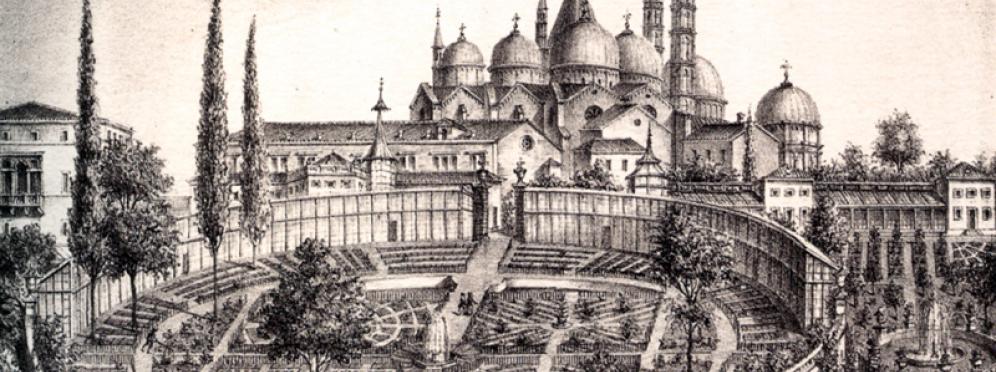The University of Padua Botanical Garden
Created in 1545 on the property of the Benedictine monks of St. Justina, Padua Botanical Garden is the world's oldest university botanical garden

Created in 1545 on the property of the Benedictine monks of St. Justina, Padua Botanical Garden is the oldest existing university botanical garden in the world. The Senate of the Venetian Republic approved its foundation for the cultivation of medicinal plants, which later constituted the largest portion of the so-called "simple" herbs, i.e. medicaments of natural origin. This is why early botanical gardens were called Horti simplicium ("Gardens of Simples").
In ancient times the identification of medicinal plants by botanists was uncertain, and frequently led to mistakes and even frauds, which caused great damage to people's health. The institution of a Horto medicinale, prompted by Francesco Bonafede, who held the chair of "Lecturer of Simples", enabled students to identify true medicinal plants. The first "custodian" of the Garden, Luigi Squalermo, called Anguillara, introduced and cultivated a large number of species (1,800). In spite of severe punishments (fines, imprisonment, exile), the Garden was often targeted by thieves, who stole many rare plants, due to the large profits that could be obtained from them. A circular enclosing wall was soon built (hence the names Hortus sphaericus, Hortus cinctus, and Hortus conclusus). The Garden was constantly enriched with plants from all over the world, particularly from countries where the Venetian Republic had possessions, or with which it traded. This is why Padua played such an essential role in the introduction and study of several exotic species.
The Garden has witnessed the evolution of botany from a science originally applied to medicine, to an independent science with various branches. The library, the herbarium, and several laboratories, were later added. Just like other similar university institutions in Italy and abroad, not only does the Botanical Garden provide an opportunity for the general public to learn more about plants, but it is also a resource for scholars, and it aims at preserving rare and endangered plant species.
Padua Botanical Garden is the original of all botanical gardens throughout the world; it represents the birth of science, of scientific exchanges, and of the awareness of the relationship between nature and culture. It gave a great contribution to the development of many modern scientific disciplines, notably botany, medicine, chemistry, ecology, and pharmacy.






